If you have never brooded chicks before, it can be a bit overwhelming. There are quite a few supplies needed to get started the first time, and you are probably wondering where to start. There is a lot of knowledge required to successfully brood chicks. They need proper housing, light, temperature, ventilation, feed, water, bedding … and so much more! If you are looking for that information, this article is not for you. Here are my top 15 basic supplies to brood chicks.
In past TGN team favorite articles, I surveyed the entire TGN team. In this article, I am going to focus on the best chick brooding supplies I have personally used and why I recommend them. Let’s just say … I’ve learned some lessons the hard way!
However, if you want a detailed article about the nitty-gritty how-to of brooding chicks, leave us a comment and let us know!
TGN Team Favorites: Basic Supplies To Brood Chicks
Chick Brooder
The number one thing you need is obviously a brooder. As I mentioned above, this article is not going to be about how to build the perfect chick brooder. Is there even such a thing? There are a huge variety of chick brooders available, and they all have their pros and cons. With that said, the best, most affordable brooder I have used is honestly so simple. A kiddie pool! No, seriously—a kiddie pool!
Here are just a few reasons why I recommend a kiddie pool. Kiddie pools are cheap, light, and easily portable; they can be easily cleaned (literally hose them out); they are reusable; and you can secure the sides using fencing.
Below is a photograph of our first kiddie pool chick brooder. We’ve since improved upon some things. But, overall, I have found this type of brooder to be a huge success!
Bedding
My favorite type of bedding is flake pine shavings. I prefer the flake—as opposed to the fine—pine shavings because I feel like they create less dust and are easier to work with when changing out bedding. With that said, the downside to the flakes is that they take longer to break down in the compost than the fine shavings.
Heat Lamp vs. Heating Plate
I like both of these products for very different reasons. As shown above, we started out with the heat lamp and bulb. My favorite thing about this setup is the price! It’s very inexpensive and a great place to start. The con—and this is a big one—is that they can be dangerous and have started many fires.
On the other hand, the heating plate is much more expensive but definitely a lot safer than the lamp. They are available in multiple sizes to suit your needs. In addition to being safer, they make it really easy for chicks to escape the heat if they are not needing as much as the others.
Waterer
Oh, the chick waterer! This is a tough one. The first time I brooded chicks, I got so stressed out because I was using the waterer above. The chicks kept kicking pine shavings into the water dish—the pine shavings would absorb all the water, and the chicks would be left with sloppy pine shavings and no water! UGH! It had me so stressed out! Then I got wise … to the chicken nipple!
Let me clarify. I totally recommend starting off with the mason jar chick waterer when the chicks first arrive home. It makes it easy for them to drink, and there isn’t much of a learning curve for them.
With that said, I put both types of waterers in from the get-go. It’s relatively simple to make a waterer using the nipples shown above combined with a milk jug or mason jar. Doing a quick Google search will yield hundreds of results. The reason I recommend making your own is that you can reuse the nipples in the coop later on.
But, if DIY isn’t your thing, then try one of these simple fountain brooder bottle cap attachments. Simple and extremely effective!
Feeder
The chick feeder. Oh boy, it has just as many problems as the waterer! The chicks love to scratch their food out and throw it all over the brooder! And that’s okay—that’s what chickens do. But, it really caused me a lot of stress the first time around. Therefore, I do not like to use any type of open trough feeder for this reason. It is vital to have a lid atop the feeder with a hole for the chicks to stick their little beaks in. This greatly reduces the waste!
I use both the mason jar chick feeder and the trough with sliding lid feeders shown above. I started off using plastic products. But, I’ve grown to prefer glass and galvanized steel products because they are more durable and easier to clean.
I use two feeders because, well … chicks are just mean. The need for the pecking order is instilled in them from day one, and I always have a chick who tries to prevent the runt from eating. Having multiple feeders provides said chick a better opportunity for survival!
Chick Starter
You’ll obviously need food for your chicks, and it does matter the type of feed you provide. It must be chick starter. It has the proper nutrition to support healthy growth in your babies. I prefer to feed Texas Natural Feeds to my flock, and the type of feed you choose is entirely up to you. Just know that you’ll need chick starter, pullet grower, and laying hen blends as they grow (which happens so fast!).
I like Texas Natural Feeds because they are non-soy, non-GMO, and non-medicated. Yes, I know. It’s not organic. I pick and choose my battles. I save heaps of money not paying for the organic label, and the feed comes from local farmers. To me, it’s a win-win! So, do your research on this one!
Chick Supplements
Chick Grit
You’ll need to provide your chicks with some chick grit so they can digest their food. Like other birds, chickens have gizzards and need grit to digest their food. I prefer the DuMor brand grit because it’s inexpensive, granite-based, and insoluble.
There are also all kinds of electrolyte, vitamin, and probiotic supplements you can provide your babies to help them through the first couple of weeks. You can also make a DIY version of some of these products yourself.
Chick Toys
Your chicks will need something to do all day! I have found that it is best to keep the chicks busy so they don’t bully each other. I have had the most success with turning sticks into roosts, creating mazes with small cardboard boxes, and even using parakeet toys. All of these options work really well to provide healthy activities for chicks! You can get super creative with this, and it’s a lot of fun!
I hope this guide has helped you to feel confident in purchasing your chick brooding supplies and has maybe even shed some insight as to why some products work better than others. If you have any questions or suggestions, leave me a comment! Cheers _ Ruth Reyes-Loiacano (TGN Social Media Manager)
Please note that the Amazon and Tractor Supply links above are affiliate links, and we may earn a small commission if you make a purchase after clicking one of the links. Thanks for supporting TGN!
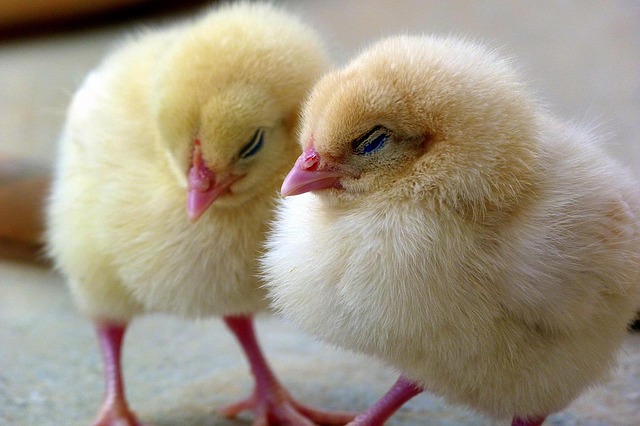
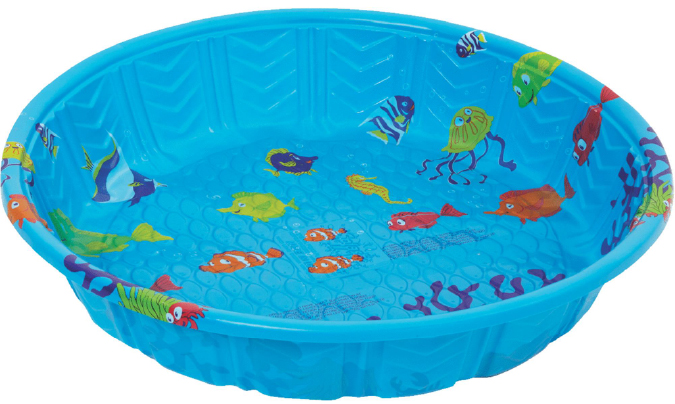
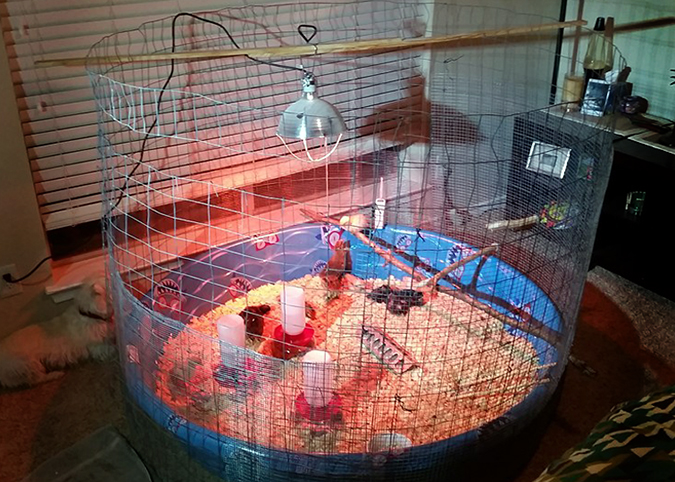
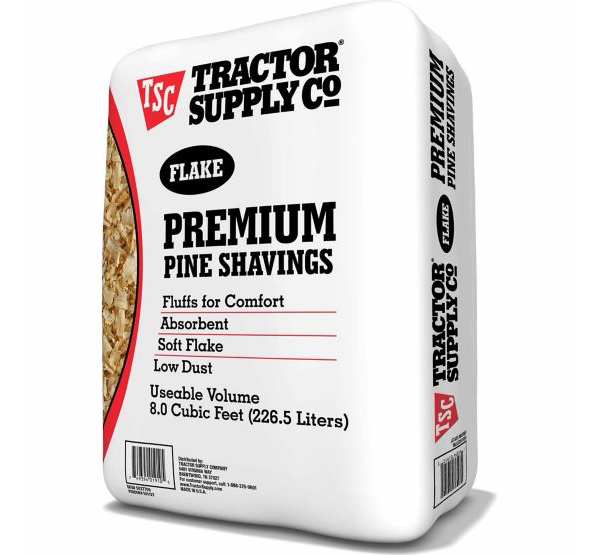
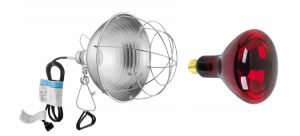

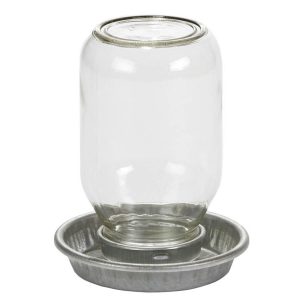
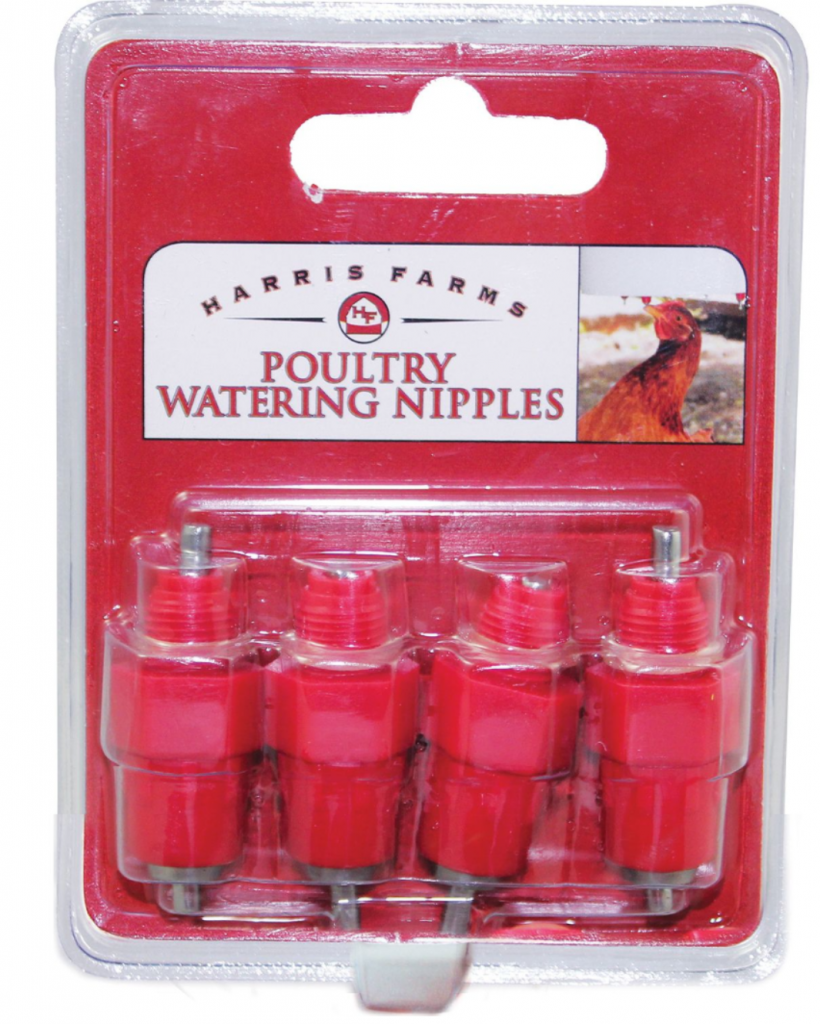
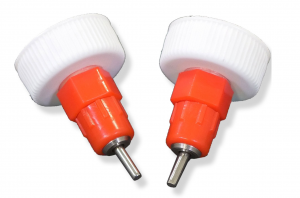
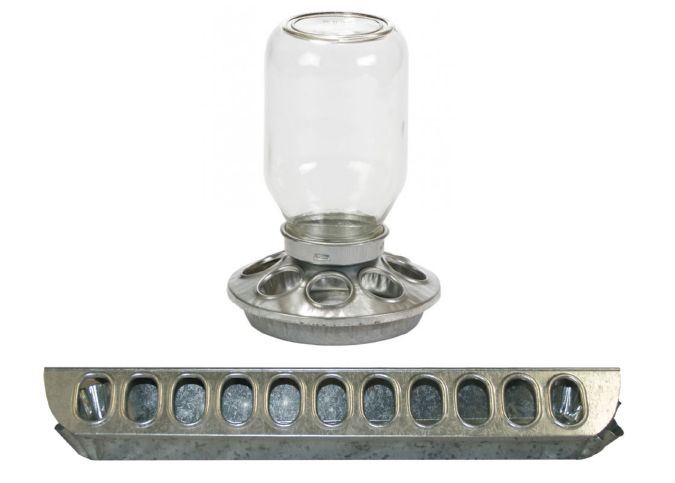
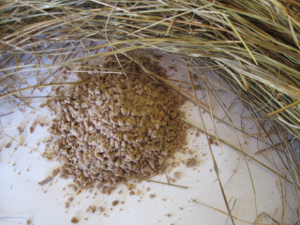
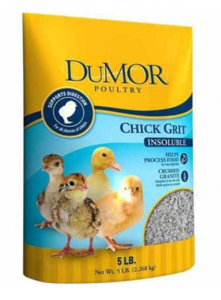
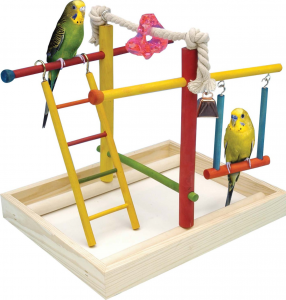







COMMENTS(14)
I was wondering your feelings about the ceramic heaters instead of the “red bulb” lights.
Hi Tom! I like both. What I like about the heating plate is that it is so much safer than the bulbs. I don’t worry when I leave home with the plate on. On the other hand, I don’t love the price! But, it is worth the investment if you hatch your own chicks, or if you regularly add to your flock.
Loved it. I’ve raised several sets of chicks, but I never even considered parakeet toys. Great ideas. Thanks.
How do you get into the enclosure in order to feed, water, clean up, etc?
Kasie,
If you look really close on the front side there, we cut a large opening in the fencing. Then, we just simply bent over a few of the cut pieces and hung in back in place!
Oh, I see now…that’s perfect. Thanks for sharing such a nice set-up!
Has anyone compared using a manufactured chicken swing to a DIY chicken swing?
Some comments of chicken keepers say their chickens like the pre-made chicken swing and some people have said their chickens don’t use it, some are scared. Others have mentioned a homemade swing works better and saves money.
I am thinking of building my own chicken swing.
I can’t comment on a pre-made chicken swing versus a DIY version. I can say, we made a DIY version and my flock didn’t take to it. With that said, I’m always an advocate of DIY – so, I say go for it! Make sure to share a photo with us! You can share it right to our Facebook page – or you can e-mail me at ruth (at) thegrownetwork.org
How big is the pool and how many chicks does it fit?
You can get a variety of sized pools. We used a 5-foot kiddie pool and it easily held 15 chicks.
Sorry to get off topic here but this terrific article reminded me of another issue I’m working on. Do you happen to know of a watering system that doesn’t use the ball type nipple? I have a pet critter that likes to poke her fingers in the working end to make a puddle to play in and need a new plan.
That is such a great question. Unfortunately, I don’t have a good answer! I’ve never used anything other than the nipples.
Great set-up! There are several ideas we will use the next time we bring chicks home! I want to be sure I am seeing some details correctly. Is that 4 foot wide 2″x4″ welded wire fencing set into the inside rim of the pool? And a band of 2 foot wide 1/4″ hardware cloth slipped between the taller fencing and the rim of the pool? About how old are your chicks when you move them out? Also, we decided to use an infra-red reptile heater over a section of our brooder, thinking there would be less risk of a fire than with an infra red brooder bulb. Have you heard where on the scale the risk s with these would be? We felt the plate heater was a bit steep for us too. A home made toy that has worked well for us is a sort of tether ball made with smallish dandelions or other field herbs on which they will eventually graze. We pull them, shake off most of the soil and suspend them with string from the top of our brooder. They practice jumping and get a good taste of wild food. The same concept works in the winter using a small bunch of kale or a couple of stalks of broccoli (We tried cabbage, a food they were interested in but found the weight of it head banged them a little too hard.) Love the parakeet gym! Many thanks, Sandy Forest
Hi guys. I’m moving to a country in the tropics. Phil.-Vietnam-Ecuador.Does that kind of climate make raising chicks easy, impossible or somewhere in between? That’s for your help!! Terrell in Ft. Collins, Colo.